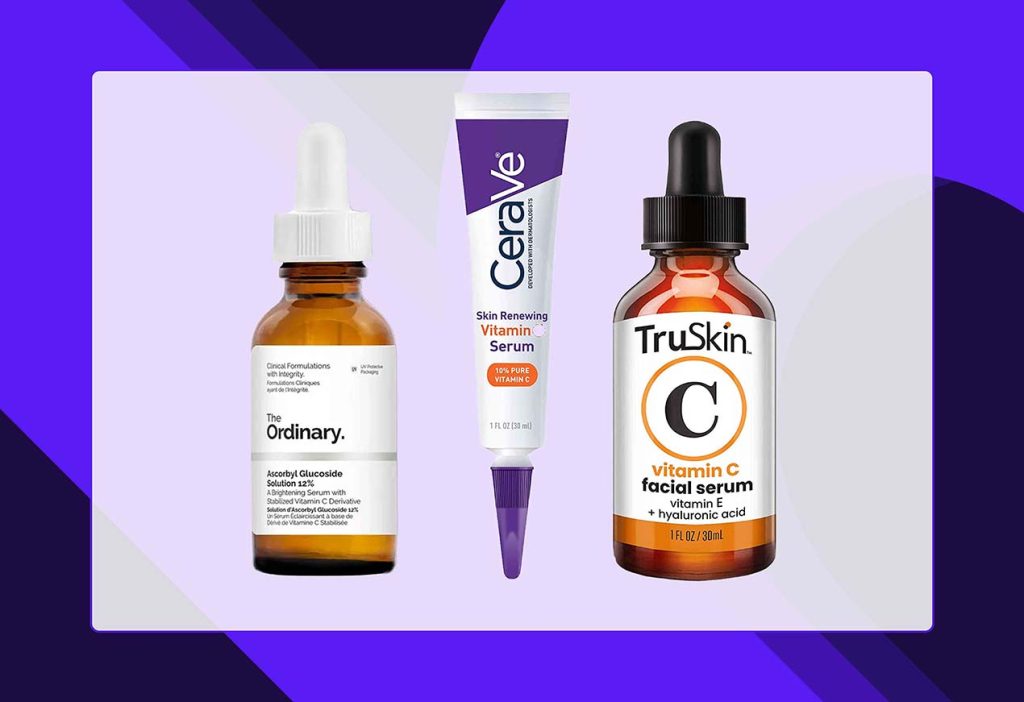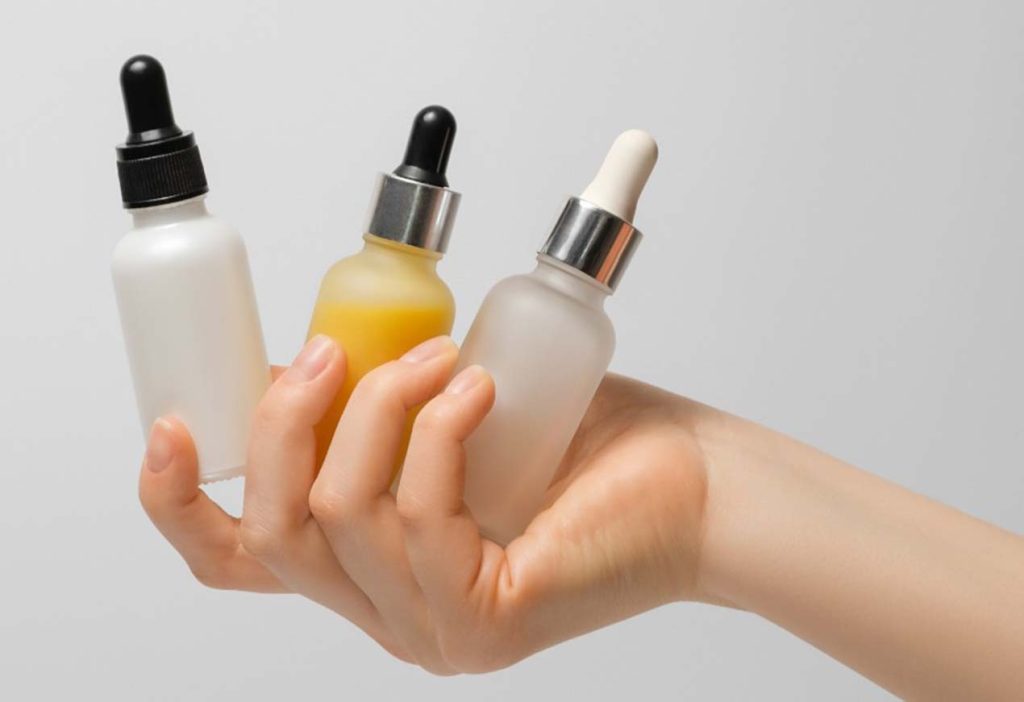
Serums are a vital component of any effective skincare routine, offering targeted treatments and potent ingredients to address specific skin concerns. However, it’s not just about choosing the right serum; knowing how to apply it properly is equally important to ensure maximum effectiveness. We will explore the steps and techniques for correctly applying your serum. From understanding its role as the base to selecting the right serum and mastering the application process, let’s dive into the world of serum application and achieve glowing, healthy skin.
The Serum, the Base

Before delving into the application process, it’s crucial to understand the role of the serum in your skincare routine. Serums are lightweight, fast-absorbing liquids that contain high concentrations of active ingredients. Their purpose is to deliver potent nutrients, vitamins, and antioxidants deep into the skin to target specific concerns such as hydration, brightening, anti-aging, or acne treatment.
Typically, serums are applied after cleansing and toning the skin and before moisturizing. They act as a base layer, creating a barrier between your skin and other products while delivering powerful ingredients directly to the skin’s layers. By properly applying your serum, you can maximize its benefits and enhance the overall effectiveness of your skincare routine.
How to Choose the Right Serum?

Selecting the right serum for your skin type and concerns is crucial for optimal results. Consider the following factors when choosing a serum:
Skin Type: Determine your skin type, whether it’s dry, oily, combination, or sensitive. Look for serums specifically formulated for your skin type to address its unique needs.
Concerns: Identify your specific skin concerns, such as wrinkles, hyperpigmentation, uneven texture, or acne. Select serums that target these issues and contain active ingredients proven to address them.
Ingredients: Read the product labels and research the key ingredients in the serums you are considering. Look for ingredients like hyaluronic acid for hydration, vitamin C for brightening, retinol for anti-aging, or salicylic acid for acne-prone skin.
Formulation: Consider the serum’s texture and consistency. Some serums are lightweight and watery, while others may have a thicker or oil-based formulation. Choose a texture that suits your preferences and absorbs well into your skin.
By carefully considering these factors, you can find a serum that meets your specific needs and helps you achieve your desired skincare goals.
How to Properly Apply Your Serum?
Now that you’ve chosen the right serum, it’s time to master the application process. Follow these steps to ensure proper serum application:
- Step 1: Cleanse and Tone – Start by cleansing your face with a gentle cleanser to remove any dirt, oil, or makeup residue. Follow with a toner to balance the skin’s pH levels and prepare it for optimal serum absorption.
- Step 2: Dispense the Serum – After cleansing and toning, take a small amount of serum onto your fingertips or the palm of your hand. The amount may vary depending on the serum’s consistency and the instructions provided by the manufacturer.
- Step 3: Warm it Up – Gently rub your hands together to warm up the serum. This will help it spread more easily and allow for better absorption.
- Step 4: Apply to Face and Neck – Using your fingertips, apply the serum to your face and neck. Start with a small amount and gradually add more if needed. Use gentle upward motions and light tapping to massage the serum into the skin.
- Step 5: Focus on Problem Areas – Pay extra attention to areas of concern, such as fine lines, hyperpigmentation, or acne scars. Use your fingertips to gently massage the serum into these areas for better penetration and targeted treatment.
- Step 6: Allow Absorption – Give your skin a few minutes to absorb the serum fully. Avoid touching your face or applying other products until the serum has been absorbed completely.
- Step 7: Follow with Moisturizer – Once the serum has been absorbed, follow with a moisturizer to lock in the serum’s benefits and provide additional hydration to the skin. Choose a moisturizer that complements your serum and suits your skin type.
- Step 8: Don’t Forget Sun Protection – During the daytime, it’s crucial to apply a broad-spectrum sunscreen with an appropriate SPF to protect your skin from harmful UV rays.
- Step 9: Consistency is Key – For optimal results, use your serum consistently as part of your daily skincare routine. Most serums are recommended for morning and evening use, but always refer to the product instructions for specific guidelines.
By following these steps and incorporating proper serum application into your skincare regimen, you can maximize the benefits of your chosen serum and achieve healthier, more radiant skin.
Applying your serum correctly is as important as selecting the right one for your skin. Understanding the serum’s role as the base layer, choosing a serum that addresses your specific concerns, and mastering the application process will ensure you get the most out of your skincare routine. By investing time and care into properly applying your serum, you can unlock its full potential and enjoy the transformative benefits it offers.


